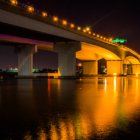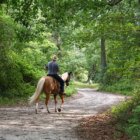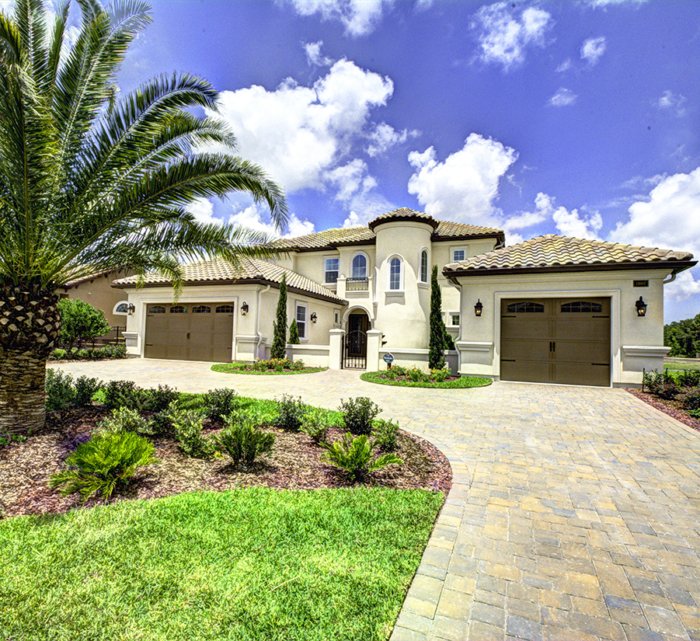Want to get lost in Jacksonville? We mean that positively! “JAX” is the United States’ largest city by area, with more than 840 square miles. It also contains the country’s largest urban park system.
That’s lots of room to escape traffic, work headaches, or maybe just the daily grind. Those 10,000 acres of urban parks include 10 combined state and national parks, a national preserve and many city parks, recreational facilities and gardens.
city parks, recreational facilities and gardens.
If you’re a new or wannabe Jacksonville resident, getting lost here may be as easy as strolling down to your new or imagined neighborhood park. A long run or walk on the beach at a Jacksonville-area city or state park, also qualifies.
But if you’d like to escape via camping, wilderness kayaking, hiking or other pursuits, “JAX” contains those resources too. Three of the best are located approximately 20 miles northeast of the city, near the Atlantic Ocean. Here’s our primer on three great places to get lost in Jacksonville.
Little Talbot Island State Park
Little Talbot occupies an entire 2,500-acre barrier island. This land is undeveloped, so don’t expect cushy facilities. But it features five miles of wild Atlantic beaches — just you, seashells, perhaps wild dolphins offshore and endless waves.
A campground allows you to stay lost for a while. Picnicking, boating, kayaking, hiking and fishing will keep you occupied. Mountainous sand dunes, creeks, marshes and coastal forests offer plenty of terrain.
Big Talbot Island State Park
Located just northwest of Little Talbot, Big Talbot is a great place to hike, photograph, bird-watch and explore in canoes, kayaks or on paddleboards. It’s primarily a day-use nature preserve.
Four main trails take you various places on land. If you have small children or don’t need a deep-woods experience, enjoy the paved, 2-9 mile Timucuan Trail that parallels A1A, Florida’s Atlantic coast highway.
Big Talbot’s must-see is Boneyard Beach, where stark, bare trunks of trees that once anchored shoreline are exposed and carved by each tide cycle’s wave action.
Note: both Little Talbot Island and Big Talbot Island are two of the seven parks in the larger Talbot Island State Park. Visit Florida’s state parks website for more info.
Timucuan Ecological and Historic Preserve
In everyday terms, this 6,000-acre U.S. National Park that occupies much of Fort George Island and adjacent wetlands northeast of Jacksonville, is a multi-use facility. However, there’s nothing everyday about Timucuan. Like the Talbot Islands, this is somewhere to return to frequently.
Expect tons of history and recreational opportunities. Check the National Park Service website for granular detail, but briefly, it protects some of the last unspoiled Atlantic Coast wetlands, untouched beaches, marshes, forests and numerous forms of wildlife.
History-wise, you’ll find the early 19th-century Kingsley Plantation, with its main house, slave quarters, several outbuildings and interpretive gardens. This is must-see. You’ll also find the Fort Caroline National Memorial, a reconstruction of a lost, mid-1500s French fort that protected an ill-fated French toehold in northeast Florida.
Hint: Timucuan’s main visitor center is at Fort Caroline, so stop there first.
If you truly want to get lost, Timucuan also contains numerous trails, boat launches, marshy waterways and the 600-acre Theodore Roosevelt Area. The latter is good for forest hikes and discovering shell mounds from ancient people who first lived in this region.
Ready to live your Jacksonville lifestyle? Talk to ICI Homes here.








